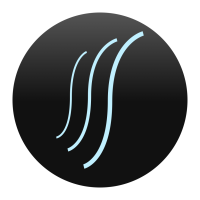Basic Frequency Response Measurements
[size=14pt]Performing Basic Frequency Response Measurements with SignalScope[/size]
Wouldn't it be great if you could use <a href="http://faberacoustical.com/index.php?id=20">SignalScope</a> for frequency response measurements? Well, you can! There are numerous ways to perform frequency response measurements, and future versions of <a href="http://faberacoustical.com/index.php?id=11">SignalScope Pro</a> will offer more of them, but SignalScope and SignalScope Pro offer some options for performing basic measurements right now.
The tools used in the demonstrations below include SignalScope (and SignalScope Pro), SignalSuite, and audio input and output (I/O) from an Edirol FA-101 FireWire interface.
Frequency response measurements are often performed using narrowband or fractional octave band spectral analysis. SignalScope can perform narrowband analysis, but SignalScope Pro is required for octave or third-octave analysis.
<b>Narrowband Frequency Response
</b>The basic idea behind the measurements described here is that if a spectrally white signal is applied to the input of a device (hereafter referred to as the device under test, or DUT), the spectrum of the DUT's output signal will represent the frequency response of the DUT. A signal with a white spectrum is one which contains equal energy at all frequencies, so that if viewed on an FFT analyzer the spectrum will appear as a flat, horizontal line. Additional explanation follows.
Consider the block diagram, below, in which a linear, time-invariant (LTI) system, represented by h, has an input signal, x, and an output signal y. In the time domain, the system's output, y(t), is the convolution of the input signal, x(t), with the impulse response of the system, h(t). In the frequency domain, the system's output, Y(f), is the product of the input signal, X(f), and the frequency response of the system, H(f).

Now, if the input signal is spectrally white, it will be a constant value for all values of (f). Let this constant be A and the frequency response of the system is given by the output signal divided by A. This means that just by measuring the output signal of some unknown system, the DUT, its frequency response can be measured, as long as the input signal is spectrally white.
SignalSuite provides several types of signals that can be considered spectrally white under certain conditions. These include random noise, Maximum Length Sequences (MLS), specially tailored pseudorandom noise, and chirp (swept sine) signals. The use of each of these is demonstrated below.
<b>White Noise</b>
<img src="http://faberacoustical.com/fileadmin/images/support/WhiteNoise.jpg">
<b>Maximum Length Sequence (MLS)</b>
<img src="http://faberacoustical.com/fileadmin/images/support/MLS.jpg">
<b>Pseudorandom Noise</b>
<img src="http://faberacoustical.com/fileadmin/images/support/PseudorandomNoise.jpg">
<b>Chirp (Swept Sine)</b>
<img src="http://faberacoustical.com/fileadmin/images/support/Chirp.jpg">
Wouldn't it be great if you could use <a href="http://faberacoustical.com/index.php?id=20">SignalScope</a> for frequency response measurements? Well, you can! There are numerous ways to perform frequency response measurements, and future versions of <a href="http://faberacoustical.com/index.php?id=11">SignalScope Pro</a> will offer more of them, but SignalScope and SignalScope Pro offer some options for performing basic measurements right now.
The tools used in the demonstrations below include SignalScope (and SignalScope Pro), SignalSuite, and audio input and output (I/O) from an Edirol FA-101 FireWire interface.
Frequency response measurements are often performed using narrowband or fractional octave band spectral analysis. SignalScope can perform narrowband analysis, but SignalScope Pro is required for octave or third-octave analysis.
<b>Narrowband Frequency Response
</b>The basic idea behind the measurements described here is that if a spectrally white signal is applied to the input of a device (hereafter referred to as the device under test, or DUT), the spectrum of the DUT's output signal will represent the frequency response of the DUT. A signal with a white spectrum is one which contains equal energy at all frequencies, so that if viewed on an FFT analyzer the spectrum will appear as a flat, horizontal line. Additional explanation follows.
Consider the block diagram, below, in which a linear, time-invariant (LTI) system, represented by h, has an input signal, x, and an output signal y. In the time domain, the system's output, y(t), is the convolution of the input signal, x(t), with the impulse response of the system, h(t). In the frequency domain, the system's output, Y(f), is the product of the input signal, X(f), and the frequency response of the system, H(f).

Now, if the input signal is spectrally white, it will be a constant value for all values of (f). Let this constant be A and the frequency response of the system is given by the output signal divided by A. This means that just by measuring the output signal of some unknown system, the DUT, its frequency response can be measured, as long as the input signal is spectrally white.
SignalSuite provides several types of signals that can be considered spectrally white under certain conditions. These include random noise, Maximum Length Sequences (MLS), specially tailored pseudorandom noise, and chirp (swept sine) signals. The use of each of these is demonstrated below.
<b>White Noise</b>
<img src="http://faberacoustical.com/fileadmin/images/support/WhiteNoise.jpg">
<b>Maximum Length Sequence (MLS)</b>
<img src="http://faberacoustical.com/fileadmin/images/support/MLS.jpg">
<b>Pseudorandom Noise</b>
<img src="http://faberacoustical.com/fileadmin/images/support/PseudorandomNoise.jpg">
<b>Chirp (Swept Sine)</b>
<img src="http://faberacoustical.com/fileadmin/images/support/Chirp.jpg">
0

